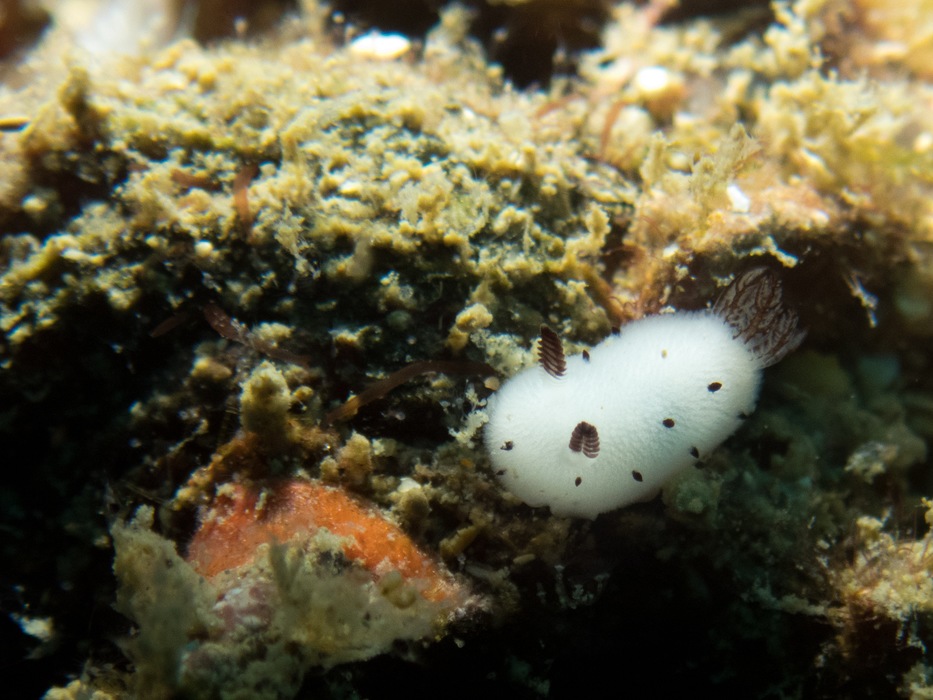This Easter, Get To Know The Sea Bunny Slug

Happy Easter! A friendly, fluffy bunny may be the mascot for the holiday — which falls on April 17 this year — but did you know that there’s an underwater version of the Easter Bunny, too? Well, sort of. Just read on for a virtual meet-and-greet with the sea bunny, an adorable (and totally unexpected) ocean dweller.
What’s In A Name?
The sea bunny is technically called Jorunna parva — but its nickname is too cute to not to use! Completely unrelated to actual bunnies back on land, the sea bunny is a slug named for its fluffy appearance, ear-like appendages, and even an apparent poof of a tail!
So why does a slug look so much like a friendly, fluffy rabbit? According to the Professional Association of Diving Instructors (aka, the experts when it comes to deciphering what you find beneath the surface), the sea bunny’s apparent fur is actually caryophyllidia, a collection of small tubes that may carry out a sensory function — a handy tool for tiny creatures navigating the ocean floor. Ditto for the sea bunny’s ear-like rhinophores, which promote further exploration. Basically, the two appendages help the sea bunny find food and other slugs in the nearby water, based on their smell.
PADI also points out that even though the sea bunny is truly adorable, it is also very toxic. Basically, it derives a kind of superpower from the food it eats — whereas land bunnies might snack on carrots, sea bunnies prefer sponges and other foods from which they can take in toxic properties that don’t bother them, but affect their underwater enemies. How cool is that?
A Different Kind Of Easter Egg Hunt
While you’d have to embark upon a serious snorkeling expedition to have a sea bunny Easter egg hunt, it is technically possible to spot these little guys in action. According to PADI, the slugs tend to dwell in the Pacific Ocean — especially in the waters around Japan, Australia, and the Philippines. If you have a hard time finding the little critters — they can be as small as an inch in length — or simply don’t want to travel the world for a glimpse at their cuteness, check out videos online!
Boating Bunnies
Now that you know all about sea bunnies, you may find yourself wondering... wait, do actual bunnies swim?
The answer is, well, complicated. Think of the average bunny like a house cat: domestic rabbits may be able to swim, but they don’t necessarily love it. In the wild, on the other hand, there is one kind of rabbit that has some serious swimming skills: the swamp rabbit.
According to PBS, the swamp rabbit is the largest of the cottontails, and its ample size provides the muscles needed to navigate H2O in the southern United State’s varied, soggy landscape. They’re shy, so you may have a hard time spotting one in the wild — but now that you know that swamp rabbits exist, keep your eyes open for one anytime you find yourself cruising around the swampy Gulf Coast or the Mississippi Valley!
We hope that you’ve enjoyed learning about this fluffy little slug. From our Monterey Family to yours, here’s to a very happy Easter — and unexpected underwater finds all year long.
Bookmark & Share
User Comments
Be the first to comment on this post below!
Previous Article
Next Article















